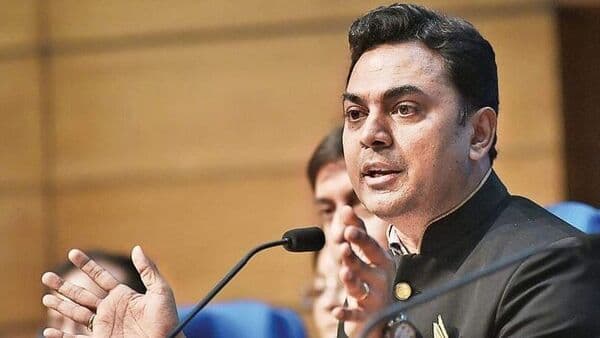Krishnamurthy Subramanian, the Executive Director at the International Monetary Fund, has projected that India could become a $55 trillion economy by 2047, marking the country’s 100th year of independence.
He supports this optimistic outlook by drawing comparisons with Japan and China. For instance, Japan's economy expanded nearly 25 times between 1970 and 1995, despite encountering significant hurdles such as the Vietnam War, oil crises, and hyperinflation.

Similarly, China’s economy grew 22 times from 1996 to 2021. Subramanian suggests that India can aim for a 15-fold increase from its current $3.3 trillion economy to $55 trillion, though with more tempered expectations compared to Japan and China.
This potential growth is attributed to Subramanian's ability to sustain an annual real growth rate of 8% while keeping inflation stable at 5%. Since 2016, India’s inflation has decreased from 7.5% to around 5%, making a 5% inflation target plausible moving forward.
This projection assumes that inflation will remain within the 2% to 6% range set by the Reserve Bank of India’s inflation-targeting framework.
He also discussed the interplay between inflation and currency depreciation. Generally, higher inflation leads to greater currency depreciation to maintain the currency’s real value.
Historically, the Indian rupee has depreciated by 3% to 3.5% per year due to inflation disparities between India and the US. With inflation now lower at 5%, Subramanian anticipates a reduction in depreciation rates to about 1%.
Based on these parameters, he estimates that India could achieve a 12% nominal growth rate (8% real growth plus 5% inflation, minus 1% for currency depreciation).
This would allow India’s GDP to double every six years, leading to four doublings from 2023 to 2047, thus reaching the $55 trillion target.
However, Subramanian acknowledges that reaching this ambitious goal will require significant and sustained efforts. A key area of focus will be the formalization of India’s economy, as the formal sector is far more productive than the informal one.
The development of digital infrastructure is expected to play a crucial role in this transition. Enhancing productivity within the formal sector is also critical.
Currently, Indian firms lag in productivity compared to their global peers, but growing innovation and entrepreneurship could help close this gap.
Another essential driver of growth is credit creation. India's private credit penetration remains low by global standards, but there is considerable potential for expansion with improved banking systems and a more formalized economy.
Subramanian believes that with strategic investments in productivity, innovation, and credit expansion, alongside maintaining a stable inflation rate, India has the potential to evolve into a $55 trillion economy by 2047.









.png&w=256&q=75)





